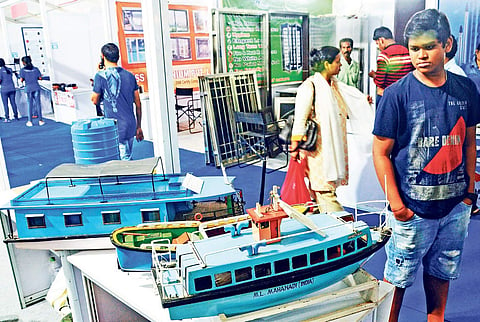

NEW DELHI: The micro, small and medium-sized industries (MSMEs), the most vulnerable to the Covid-19 induced economic stress, are facing a hard time in getting loans as banks remain risk-averse and continue cherry-picking credit portfolios with caution.
An analysis of the latest bank credit growth data from the Reserve Bank of India (RBI) showed credit offtake in the MSME sector suffering a steep year-on-year contraction of 12.7 per cent in June 2020 alone. In fact, lending to this sector saw a de-growth of 17 per cent year-on-year (y-o-y) so far this year beginning late March when the lockdown was imposed.
While loans to micro and small industries shrank 7.6 per cent, for medium-sized industries they dipped by 9.4 per cent. As for growth in lending to large industries, it was nearly flat at 0.4 per cent, the data showed.
"Credit growth continues to remain muted despite large rate cuts. I worry that a negative credit supply shock to the MSME sector may lead to a "credit-gap", i.e., a reduction in the supply of credit to small firms, leading to small businesses shifting towards higher-cost providers of credit. This will have a bearing on growth," said Chetan Ghate, an external member of the Reserve Bank's monetary policy committee.
The low offtake comes despite a slew of liquidity infusion measures announced by Finance Minister Nirmala Sitharaman to boost the badly-stressed sector, including the Emergency Credit Line Guarantee Scheme (ECLGS).
On Thursday, the finance ministry said that banks have disbursed more than ₹1 lakh crore under the ₹3 lakh ECLGS scheme and loans over ₹1.5 lakh crore has been sanctioned.
"The total amount sanctioned under the scheme by banks stands at ₹1,50,759.45 crore, of which ₹1,02,245.77 crore has already been disbursed as of August 18," the ministry said in a statement.
"If credit continues to be expensive, these firms will become less capital intensive over time, leading to a lower marginal product of labour. The long-run equilibrium for the economy will involve a negative impact on wages, and therefore demand," Ghate pointed out.
In July, the bank overall credit growth moderated but continued to be less than half the level during the last two fortnights. The credit growth was at 5.8 per cent y-o-y in the fortnight ended July 17, and 5.5 per cent y-o-y in the fortnight ended July 31, 2020.
"With economic activities remaining subdued, the overall bank credit is expected to remain slower in the near term despite adequate liquidity with banks" analysts at CARE Ratings wrote in a note. Growth in deposits is expected to be higher than the growth in the bank credit offtake, they added.
The share of industry in total outstanding credit continues to be the highest at 31.8 per cent in June as compared to 33.2 per cent in June 2019. Among loans to industries, many other sectors saw decelerating credit flow during the March-June period under review.
These include mining (-2.4 per cent), edible oil (-8.6 per cent), jute and cotton textiles (-6.5 per cent), beverages and tobacco (-9.1 per cent) and construction (-1.6 per cent).